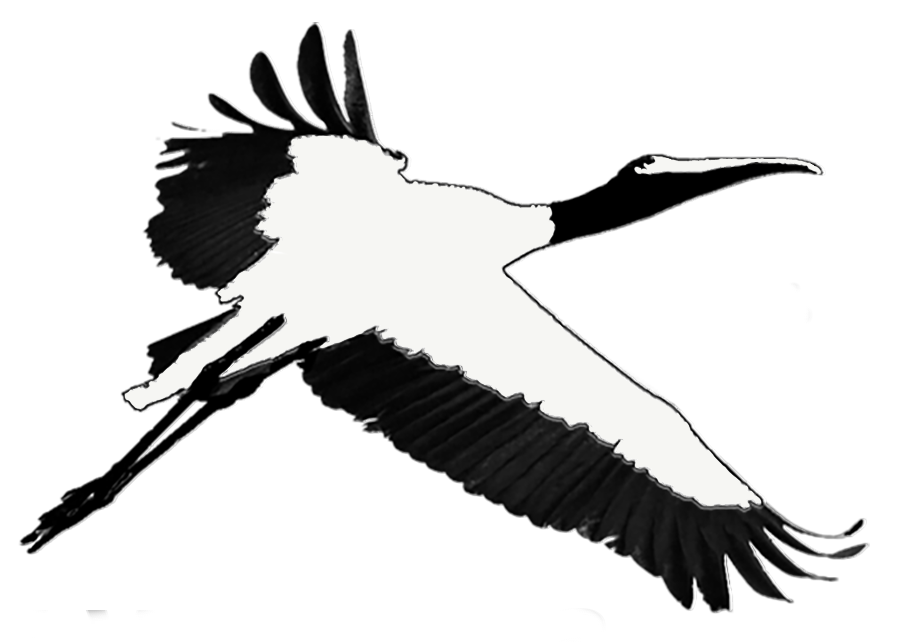Dark Skies, Light Pollution, People, and Wildlife
February 15, 2023
Basic Principles to Consider
KEEP IT LOW
Light only when and where it is needed. Using a timer can avoid unnecessary waste of power and reduces disturbance in the area. Keeping lighting focused on areas of interest or concern also reduces power usage and light trespass.
Mount fixtures as low as possible and point them directly on the ground for human safety.
KEEP IT LONG
Do not use lighting that is any brighter than necessary and avoid long wavelengths like white or blue light. In addition to the effects on people and animals, blue light brightens the sky more than other colors.
LED lights use less energy and may sustainably light our spaces with less energy. LED lighting is replacing conventional lighting in communities and homes. LEDs have the potential to lower illumination levels and maintain safety while also controlling the color of the light emitted (long wavelengths). Energy savings means the cost of the lighting fixtures, while still higher than conventional, may be recouped within a few years. Consider:
· Warm white lights or filtered lights to reduce blue light emission.
· Products that support dimmers, timers, motion sensors, and networking.
· Appropriate filters to adjust white/blue light to more environmentally friendly amber colors.
KEEP IT SHIELDED
Light installations should be fully shielded and only direct light downward to avoid glare, skyglow, and light trespass.
Unnecessary indoor lighting should also be turned off, particularly near large windows and in empty office buildings.
Covers or shields can be added to lights where trespass is a concern. When buying new lighting fixtures ensure that they will accept aftermarket shields.
ALSO REMEMBER
Sensors limit the amount of light emitted to only that necessary for safety.
When changing or installing lighting in a community, test installations provide an opportunity for education and feedback from community members.
Resources: darksky.org | myfwc.com/conservation/you-conserve/lighting/criteria/
Effects of light pollution
Humans: it disturbs our natural biorhythms, disturbs our sleep, reduces natural melatonin production, and may lead to stress and alteration of our natural immunity. We are disconnected from nature.
Wildlife: sea turtles respond negatively to lights near the beach that lead to disorientation among hatchlings; FWC has specific guidelines for lighting and sea turtles. In our neighborhoods and natural areas, light pollution can affect migratory birds, shorebirds, nocturnal animals like owls that help control rats and vermin, amphibians, moth pollinators, lightning bugs, and other native wildlife.
Loss of connection: our ancestors knew the night sky intimately to navigate and tell stories—that connection with our natural world is important to our mental well-being.
Skyglow: light over the horizon from scatter light sources on the ground, like large cities.
Light Trespass: light showing up where not needed or wanted that may be intrusive to others in the area.
Glare: inappropriate light that limits an observer’s ability to distinguish details and objects.
Safety: improperly installed lighting can create more problems than it solves.
We connect with our ancestors, our local history, nature, and the wonder of the universe when we can look up and see the night sky.
A dark sky is defined as a sky relatively free of interference from artificial light. Our nightscape historically included only light from stars and moon cycling in a natural rhythm from day to night.
Light pollution is a brightening of the sky caused by streetlights and other man-made sources that affects humans, wildlife, and ecosystems.


